Horse and owner hot weather riding tips
Finally summer is here and horses owners can enjoy the warm weather riding outside. However, living in a sunburnt country means summer days can be...

With a solution-focused approach, we collaborate closely with clients and consultant teams to align on scope, time frames, design objectives, and cost. We’re committed to delivering a strong return on your investment. Are you interested in our work in the commercial and industrial sectors?

Our client, a vet and sheep farmer, needed a shearing shed and yard cover designed for efficiency and innovation. Partnering with our team, he collaborated with fit-out providers to create two custom steel structures tailored to his farm’s needs. His farm is now equipped for better working conditions and long-term success.

Providing Industry-Leading Steel Building Solutions
Central Steel Build, committed to innovation, quality, and customer satisfaction, has solidified its reputation as an industry leader. We're revolutionising agricultural structures, and transforming how farmers and producers approach building solutions. If you’re interested in our work in the agricultural sector, read the article to discover how we’re transforming building solutions.

Oritech combined office and warehouse
Oritech Pty Ltd partnered with us to build a modern office and warehouse facility in Mitchell Park, Victoria. The design featured innovative L-shaped tilt panels for both function and style. Using our Pro. building approach, we delivered a durable, cost-effective, high-quality solution. Seamless collaboration ensured the project was completed on time and within budget.
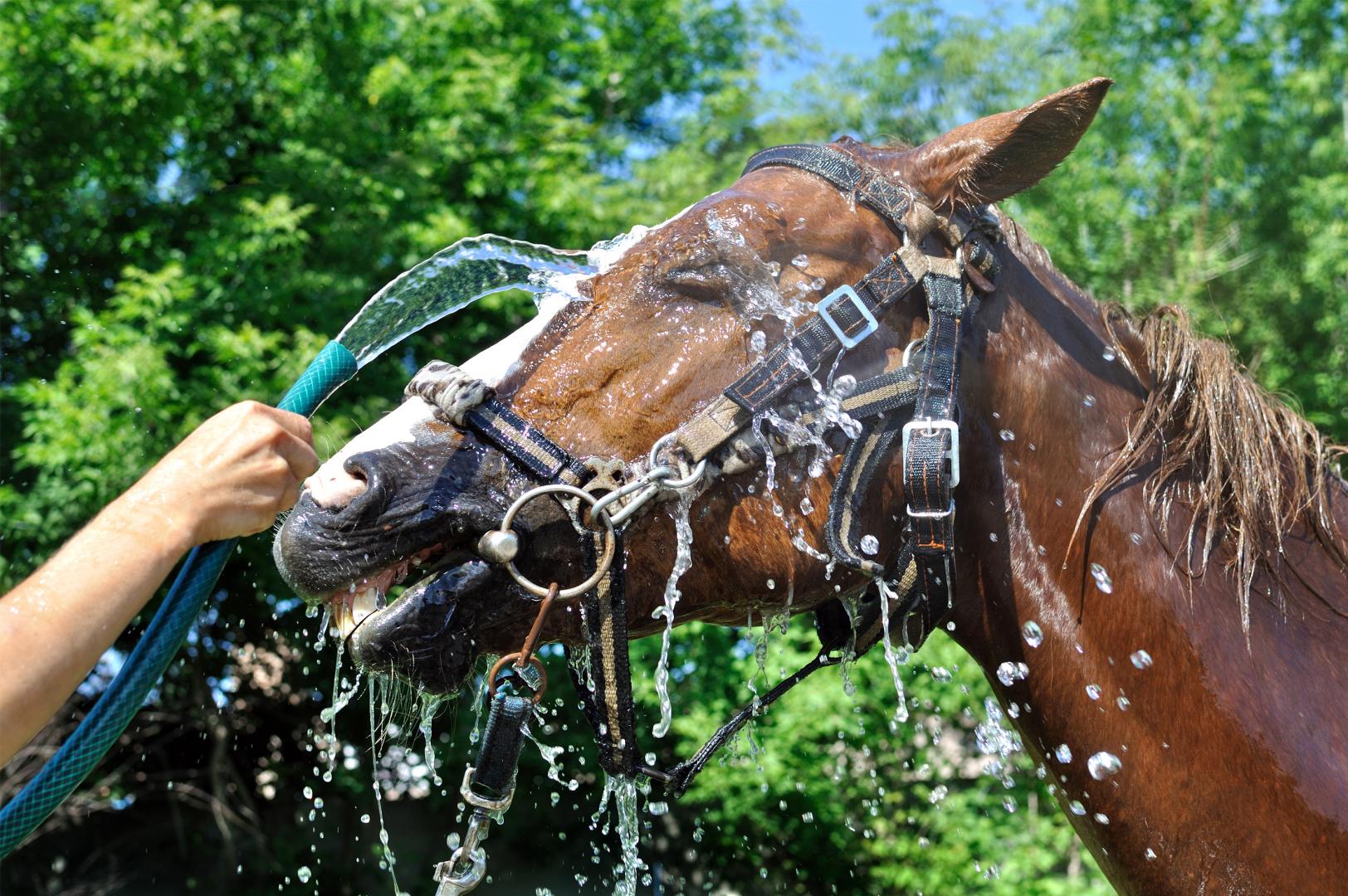
Horses overall have evolved to cope with the cold far better than they do with the heat. Even while resting, high temperatures can easily result in heat stroke which requires immediate veterinary attention.
Wild horses have the ability to protect themselves from extreme weather by moving to places that offer less extreme conditions. Domesticated horses, however, often do not have the opportunity of finding natural shelter in paddocks and yards. It is of utmost important for all horse owners to ensure their horses are cared for appropriately in the blazing heat of Australian summers.
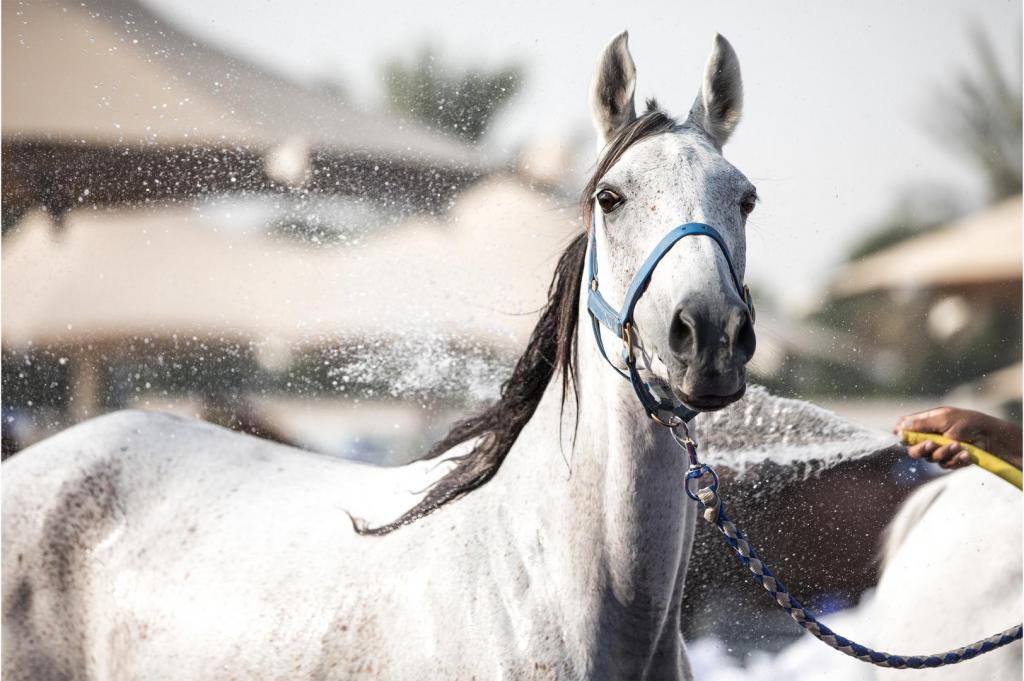
Horses that have not experienced the practice of aggressive cooling before need to be introduced to it at home prior to competition. Horse owners need to make sure their horse is used to fans, being sprayed with water from hoses and having people working on them from both sides. Aggressive cooling is the most effective way to reduce heat stroke in horses and reduces the risk of collapse and potential injury.
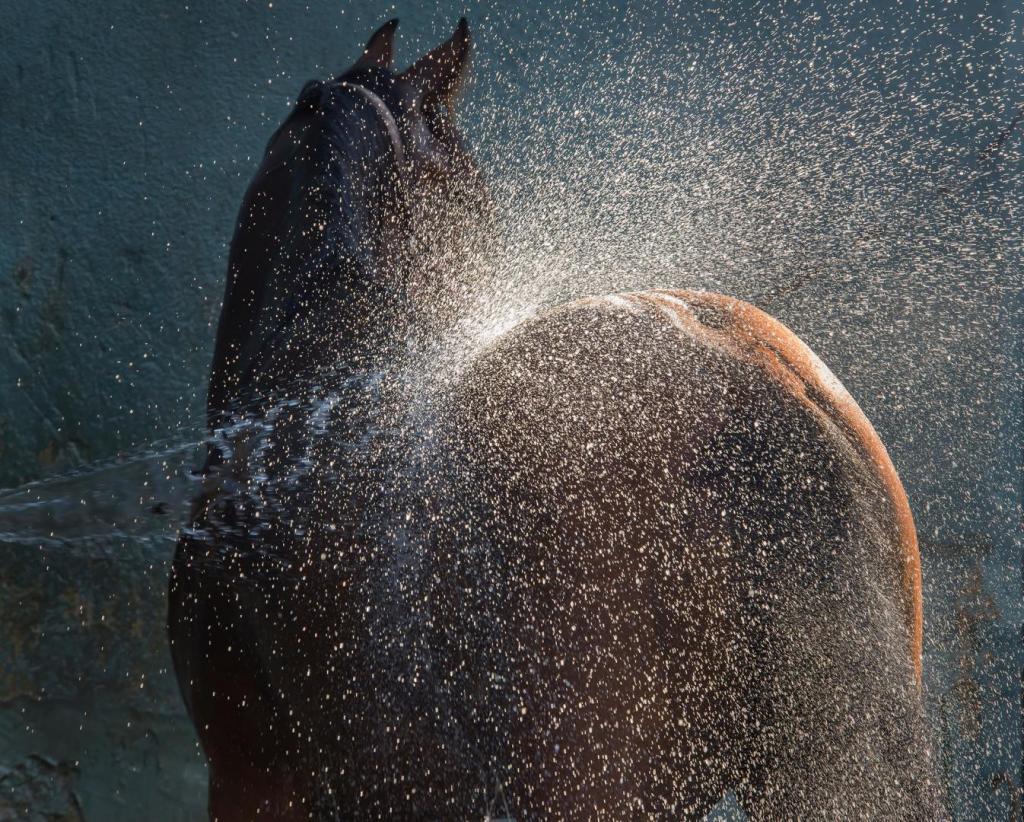
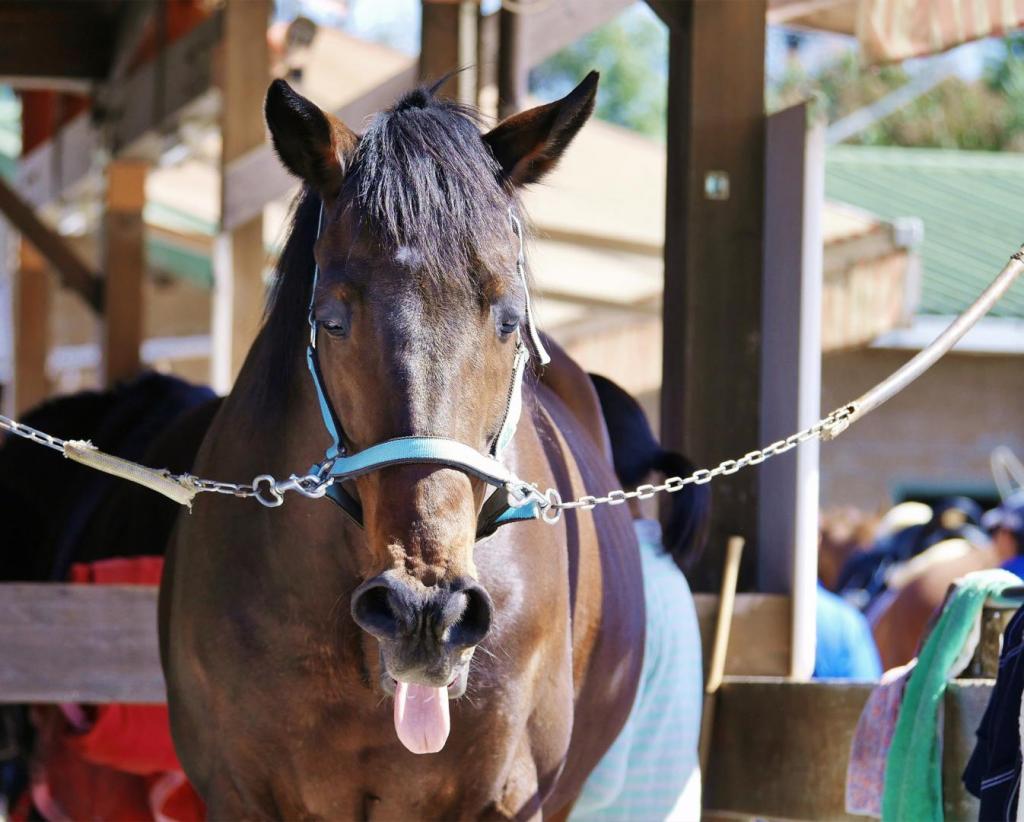
If you see any of the following symptoms and are concerned your horse may have heat stroke you must seek veterinary advice as soon as possible.
Suffering from heat is often referred to as heat exhaustion but can rapidly progress to heatstroke if not managed properly. Severe heatstroke or heat exhaustion can lead to colic, laminitis, myopathy, liver failure and can be fatal.
Information credits: horsesandpeople.com.au
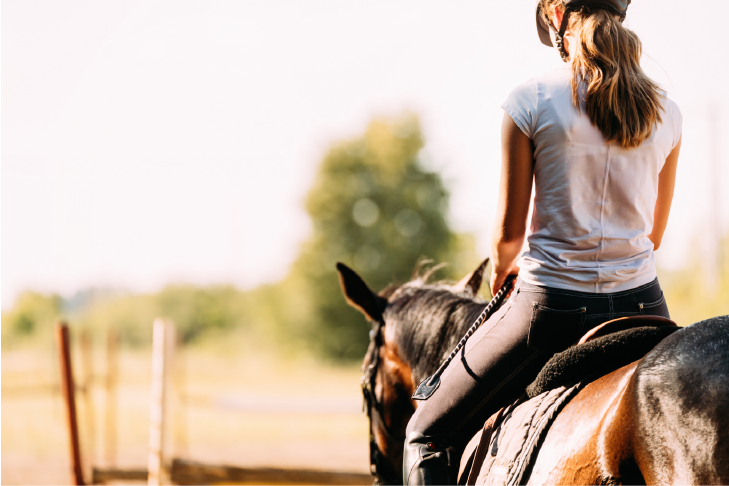
Finally summer is here and horses owners can enjoy the warm weather riding outside. However, living in a sunburnt country means summer days can be...
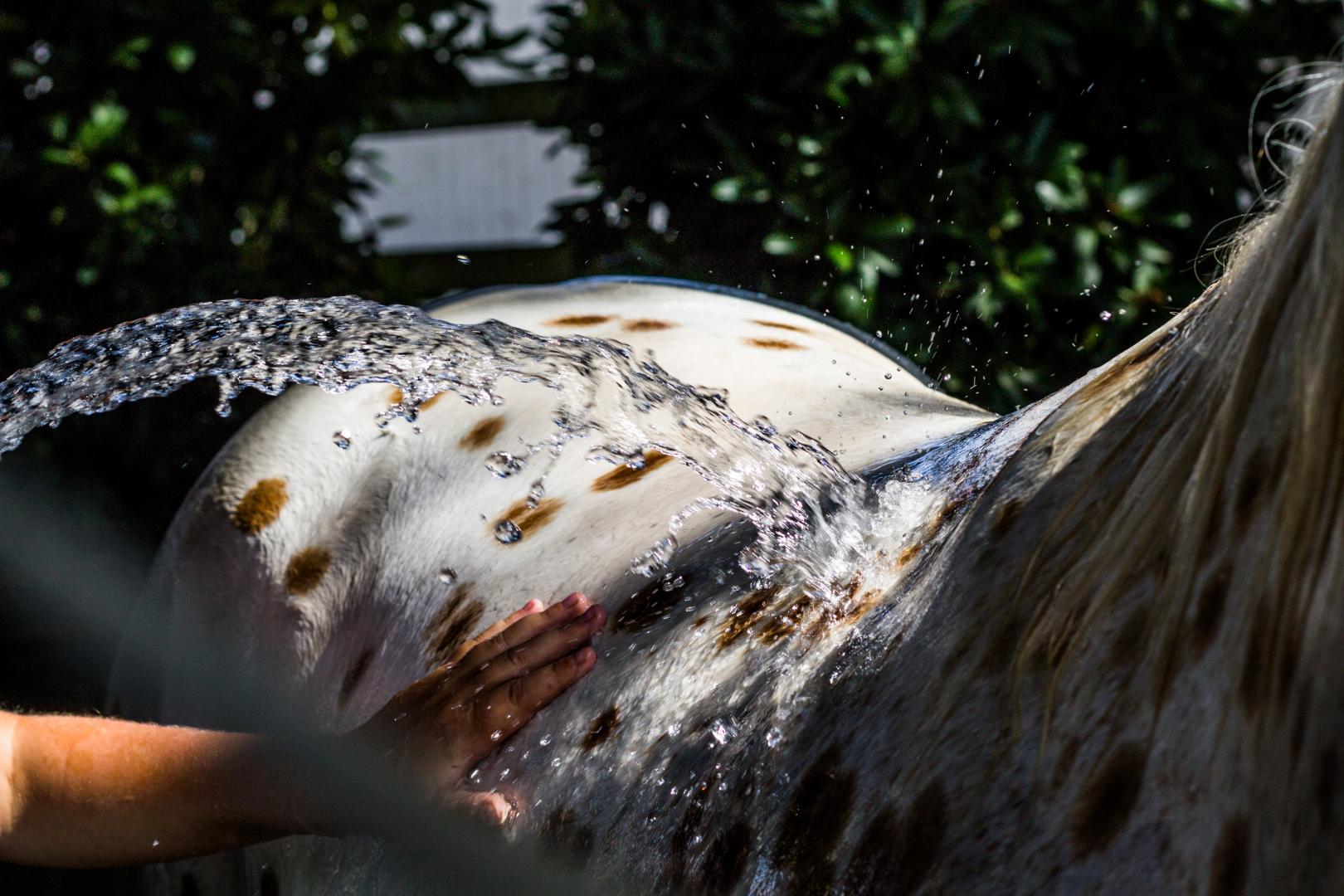
Here in Australia most parts of the country undergo scorching temperatures that animals can suffer from if they are unable to cope with the heat....
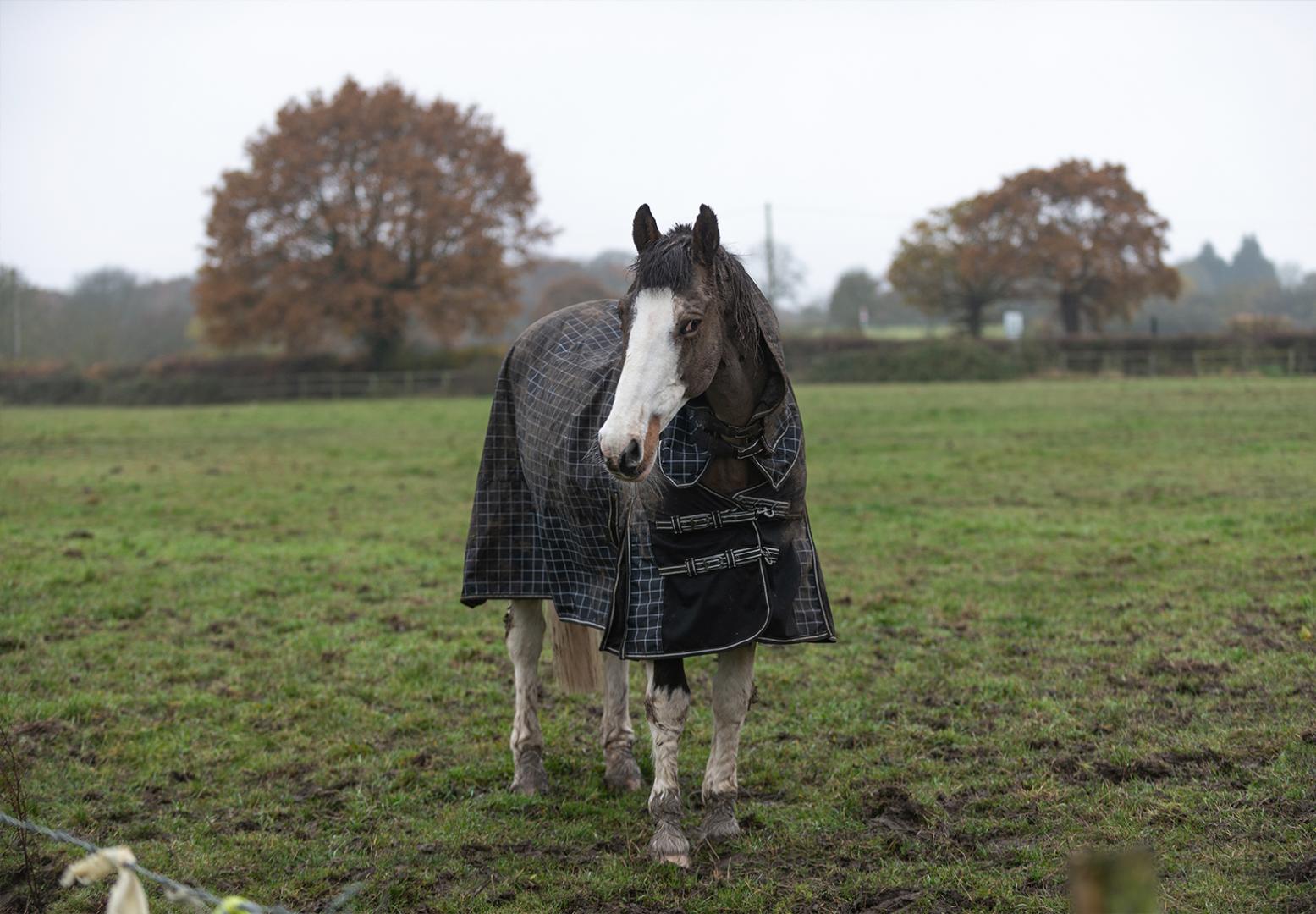
Top tips for winter horse care Caring for horses is a big job all year-round but in winter there are extra considerations to keep horses happy and...